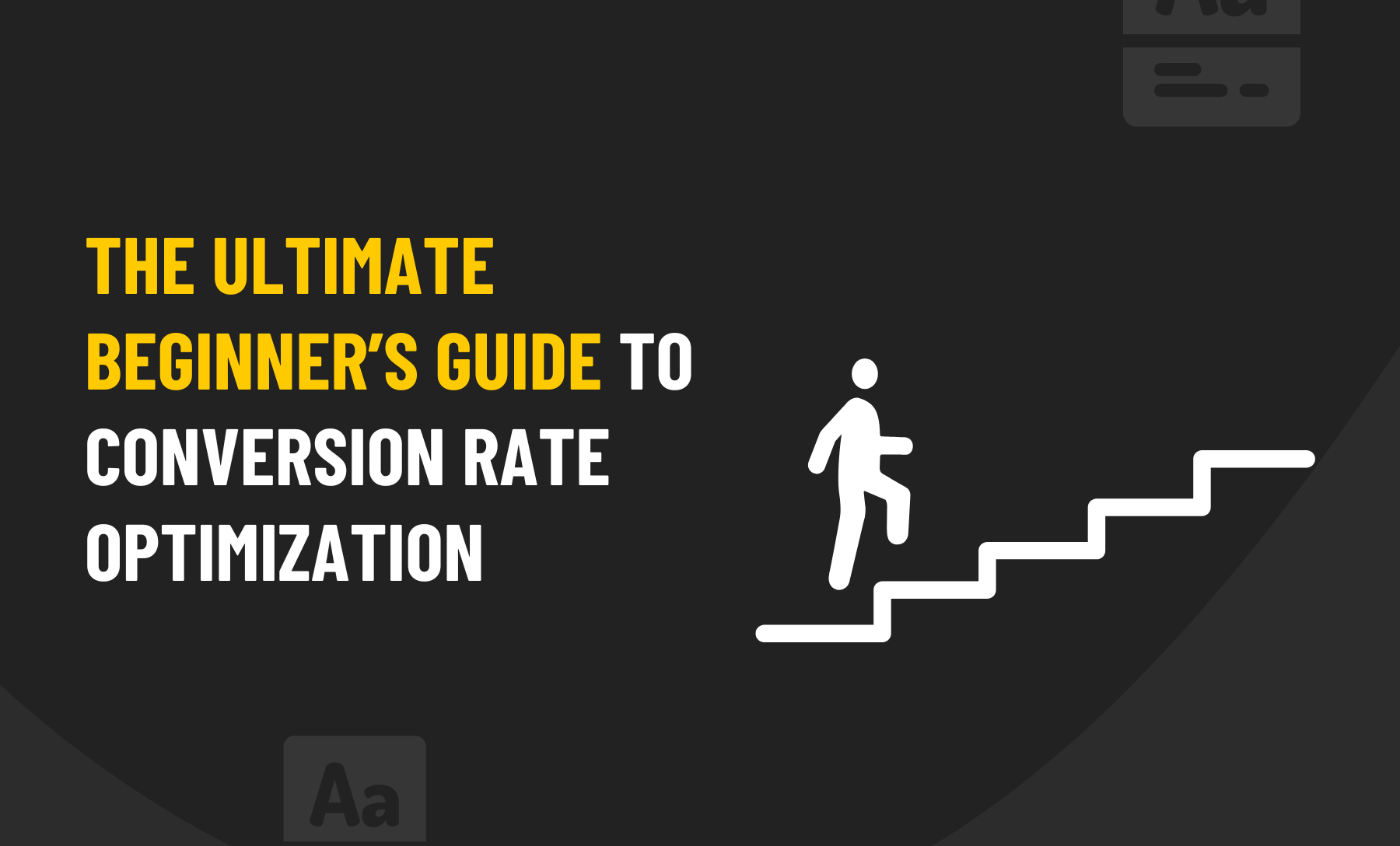6 Primary Elements Of Conversion Rate Optimization
Conversion Rate Optimization (CRO) is an effective method to boost the rate at which visitors to a website or app become customers or subscribers.
For a successful CRO campaign, it is important to understand the six primary elements that can be optimised to maximise conversions.
- The first element is content optimisation, which involves creating compelling and relevant content that engages and entices visitors to take action.
- The second element is usability optimisation, which focuses on improving user experience and navigation through the site by making it easier for users to find what they are looking for.
- Thirdly, design optimisation; involves adapting page layouts so that key elements are visible and easily interact with.
- Fourthly we have platform optimisation, ensuring that your site or app works properly on different devices and browsers.
- Fifthly is A/B testing; this entails running tests between two versions of a given web page or feature to determine which one performs better with users.
- Finally, there’s analytics optimisation; this requires understanding how people use your website or app.
Landing Page Design

Landing page design is an essential element of conversion rate optimisation. It is the first thing visitors see when they land on a website or app, and it must be designed in such a way that it entices them to take action.
A well-designed landing page should be attractive, easy to navigate, and contain clear calls to action. It should also be optimised for different devices and browsers so as not to miss out on potential conversions from any particular device or browser combination.
Additionally, utilising visuals to guide users’ attention towards CTAs can help boost conversions significantly, as can optimising page titles and headings with relevant keywords and crafting persuasive copy.
With these elements in place, your landing page design will become the key factor for driving conversions on your website or app.
4-Step Systematic Conversion Rate Optimization Strategy
Conversion rate optimisation (CRO) is a powerful way to increase the number of visitors who convert into customers.
But how do you go about creating an effective CRO strategy? This four-step systematic approach outlined below will help you to identify and optimise opportunities for conversion rate improvement;
- The first step is to set clear goals and objectives. This will enable you to measure the success of your CRO efforts and understand what areas need attention most.
- Next, use analytics tools to diagnose website performance issues and identify areas where conversion rates can be improved.
- Thirdly, test changes on different segments of your website’s visitors and analyse the results to decide which changes should be kept or discarded.
- Finally, keep refining your CRO efforts by tracking the data generated from tests and making necessary improvements.
By taking this systematic approach to conversion rate optimisation, you can improve your user experience and maximise ROI from online marketing.
Step 1: Investigation
The first step to any successful conversion rate optimisation strategy is Investigation.
This involves gathering and analysing data from various sources such as web analytics tools, surveys, customer feedback, heatmaps, etc.
The aim is to comprehensively understand the user journey and identify areas that can be improved. By investigating the user experience from all angles, businesses can pinpoint where changes need to be made to optimise their website for conversions.
For instance, a heatmap may show that users do not see important call-to-action buttons or page elements, or surveys may reveal recurring problems with navigation or checkout processes. This insight will then inform the next steps in the CRO process and ensure that improvements are made in the right areas.
Step 2: Research
The second step of conversion rate optimisation is Research.
After gathering valuable data in the Investigation phase, it’s time to research why customers may leave without converting. This involves analysing user behaviour, identifying patterns, and understanding customer motivations.
Research should always start with competitor analysis.
Take a look at what other websites are doing in your industry and analyse their approach to design, content, marketing campaigns, etc. This will help you identify potential opportunities and areas where you can stand out from the competition.
You should also research user reviews and feedback, as this will help you gain insight into how customers feel about your website experience and what changes they would like to see made. By understanding customer needs and preferences, you can make informed decisions on optimising your website for conversions.
Step 3: Optimization
The next step of conversion rate optimisation is Optimisation. This involves making changes to the website to increase conversions. During this step, businesses should focus on improving usability, design, and content to provide an optimal experience for customers.
When optimising a website, it’s important to prioritise testing different elements such as page layout, headlines, images, CTA’s, etc., as these can have a major impact on conversions.
Additionally, you should also consider A/B testing elements that are effective in their industry. For example, if online retail stores usually feature product images prominently on the homepage, then A/B testing this element could be beneficial.
Finally, you must track and analyse the results of their optimisation efforts to determine which changes have had the most significant impact on conversions. This will help you make informed decisions when optimising your website in the future.
Step 4: Evaluation
The final step of conversion rate optimisation is Evaluation.
This involves analysing the results of your optimisation efforts to determine which changes had the most significant impact on conversions. The data gathered during this step should then be used to make informed decisions about future optimisations.
Evaluation should include a thorough review of the data collected from all previous steps, including page layout changes, headline tests, CTA tests, etc., and any other changes made during the optimisation process.
It’s also important to measure key performance indicators such as bounce rate and time spent on the page to understand how these might have been affected by the changes made.
Finally, you should use these insights to create an action plan for future optimisations and ensure they optimise their website with the customer experience in mind. This will help them ensure that they are consistently improving their conversion rates while providing an optimal user experience.
Conclusion
By following the steps outlined in this blog, you should have a good starting point for optimising your website for maximum conversions.
However, it’s important to remember that each business is different, and what works for one company may not necessarily work for another.
Therefore, it’s essential to be open to experimentation and strive to improve your website to achieve the best results.
FAQ
Where do I start on conversion rate optimisation, and how can I test changes?
The first step in conversion rate optimisation is to identify the key performance indicators (KPIs) for your website or landing page, such as conversion rate, bounce rate, or time on page.
From there, you can use tools such as heat maps, user surveys, or A/B testing to identify areas for improvement.
A/B testing is a common method for testing changes in conversion rate optimisation. This involves creating two versions of a page or element and randomly showing them to users to determine which version performs better.
How long should I run A/B tests?
The length of an A/B test depends on the amount of traffic to your website or landing page. In general, it’s recommended to run tests for at least two weeks to ensure a statistically significant sample size.
How do I measure the success of my conversion rate optimisation efforts?
Success in conversion rate optimisation can be measured by tracking improvements in KPIs, such as conversion rate or revenue per visitor, as well as through customer feedback and satisfaction metrics.








